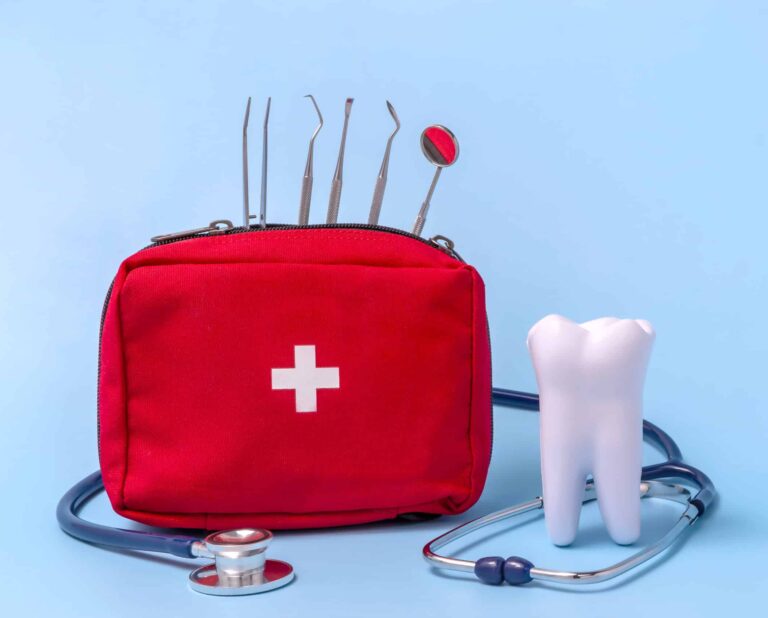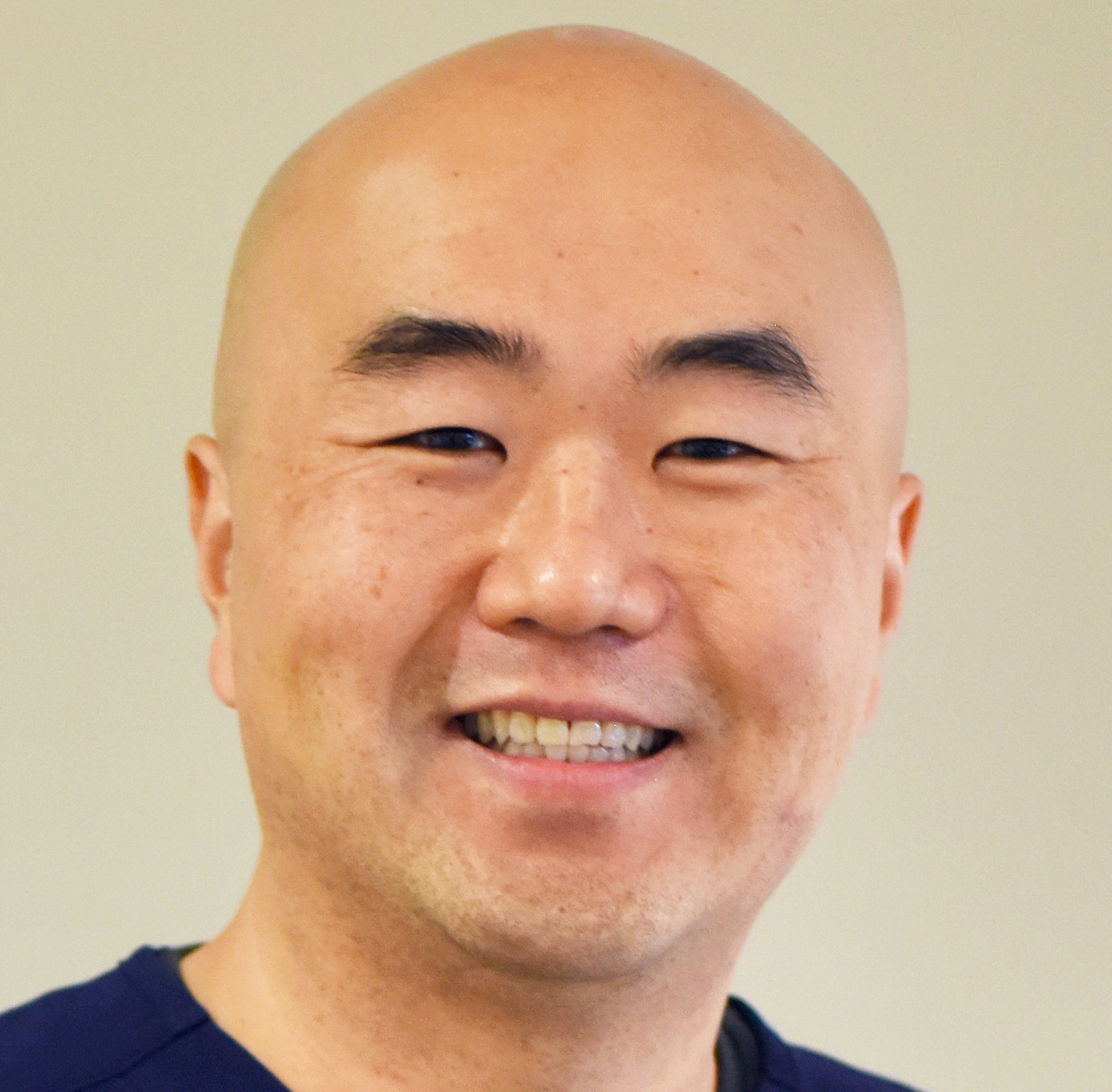Seidner Dentistry & Associates - Randolph, NJ
A Whole
New Dental Experience
Personalized Care & Comfort
Patient-Focused
Building Lasting Relationships
Welcome To
Seidner Dentistry & Associates
Located in Randolph, NJ, Seidner Dentistry & Associates is a place where dental fears dissipate and a new era of dental care begins. We understand the nervousness that often comes with dental visits and have meticulously designed our practice to counter every fear with comfort, care, and understanding. Our mission is to turn your dental appointments into experiences that are not just tolerable but enjoyable. With a team renowned for their empathy and expertise, we promise to guide you through each step with ease and assurance, making our practice your trusted partner in oral health.
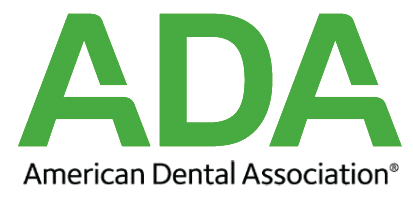


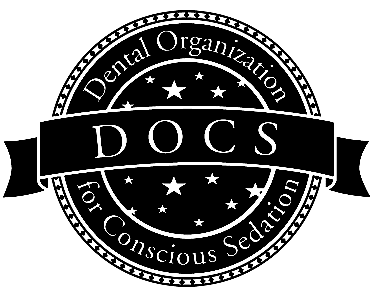
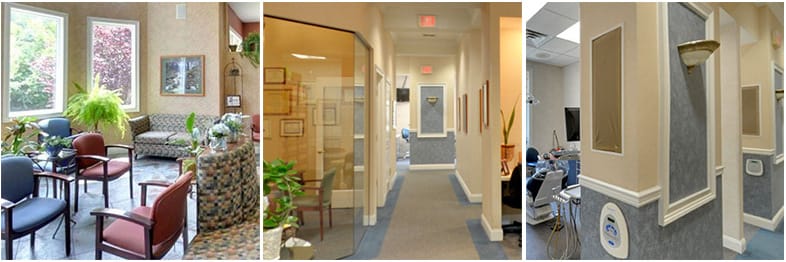

Cleaning Special
$89 Cleaning, Exam, & X-Ray*
$89 Cleaning, Exam, &
X-Ray*
Are you in need of a dental check-up? Take advantage of our special offer for new patients and receive a cleaning, exam, and x-ray for only $89. Our team will thoroughly assess your oral health and provide personalized recommendations to help you achieve a healthy smile. Don’t let fear or financial concerns hold you back from taking care of your teeth – schedule an appointment today!
*This offer is for for new patients and must be shared with insurance and in absence of periodontal disease.
*This bundle is valued at $469.
Emergency Exam Special
$29 Emergency Exam & X-Ray*
$29 Emergency Exam &
X-Ray*
Accidents happen, and when they do, it’s important to have a trusted dental provider on your side. Our emergency exam special offers a comprehensive exam and x-ray for only $29. Whether you’re experiencing sudden tooth pain or have had an accident that has damaged your teeth, our team is here to provide prompt and high-quality care. Don’t wait until it’s too late – call us now to schedule an emergency exam.
*New patients only.
*This bundle is valued at $157.
Meet Our Team
Our team comprises skilled professionals who are not only experts in their field but also genuinely care about your oral health and well-being. Each member is dedicated to ensuring that you receive the best possible care in a comfortable and friendly setting.
 Jamie A.
Jamie A.  Barbra B.
Barbra B.  Angelina R.
Angelina R.  Cristina O.
Cristina O.  John P.
John P.  HBM
HBM Our Services

Family Dentistry

Teeth Whitening

Dental Veneers
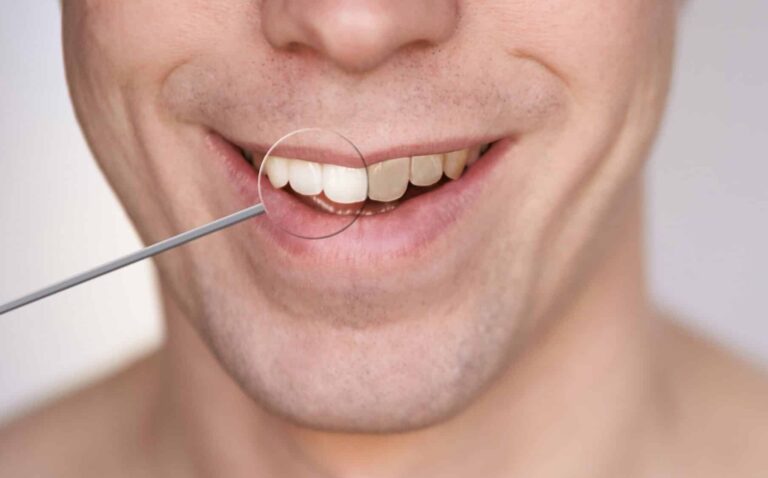
Discoloration Treatment

Facial Rejuvenation & Injectables

Tooth Fillings
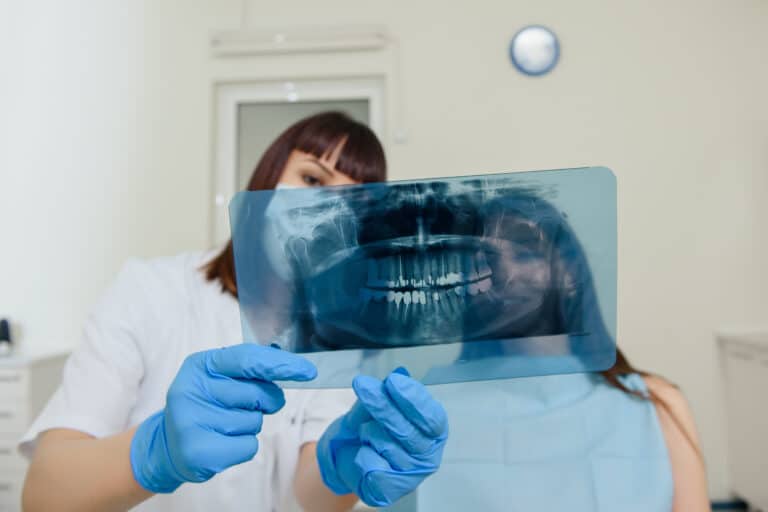
Root Canal
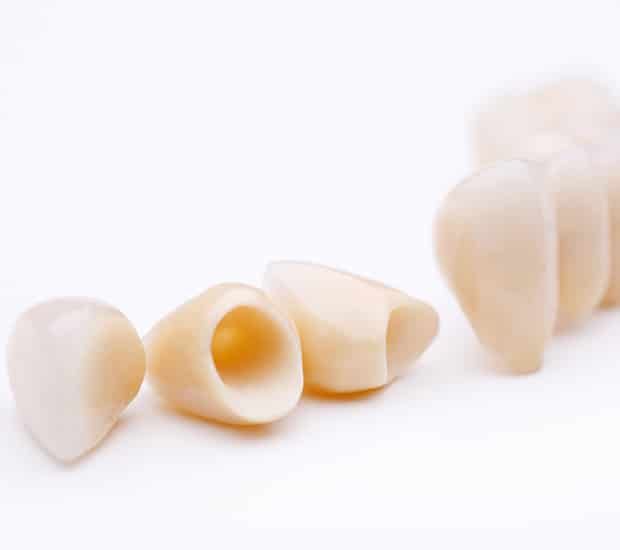
Crowns & Restorations
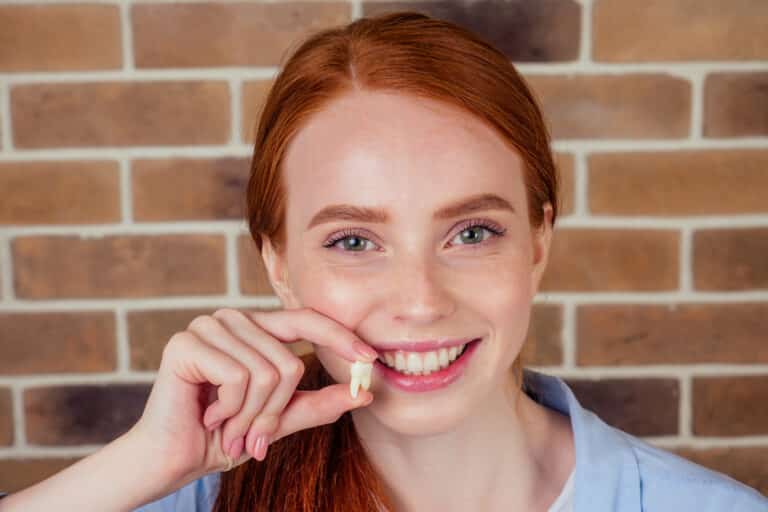
Tooth Extractions
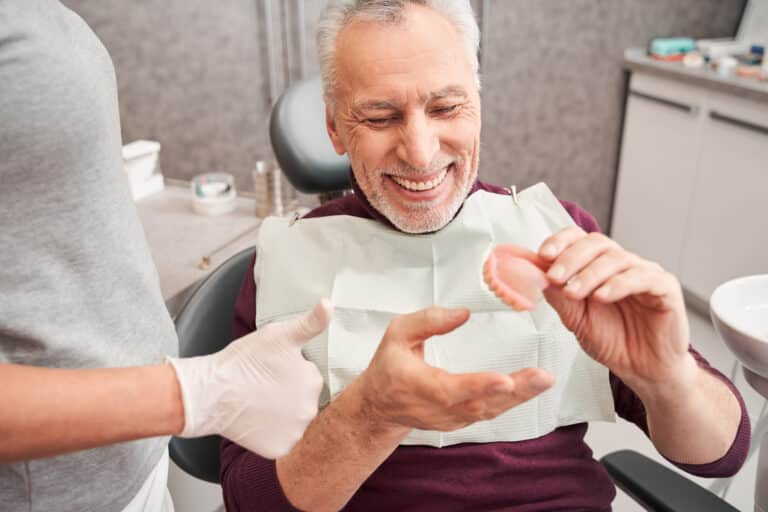
Dentures
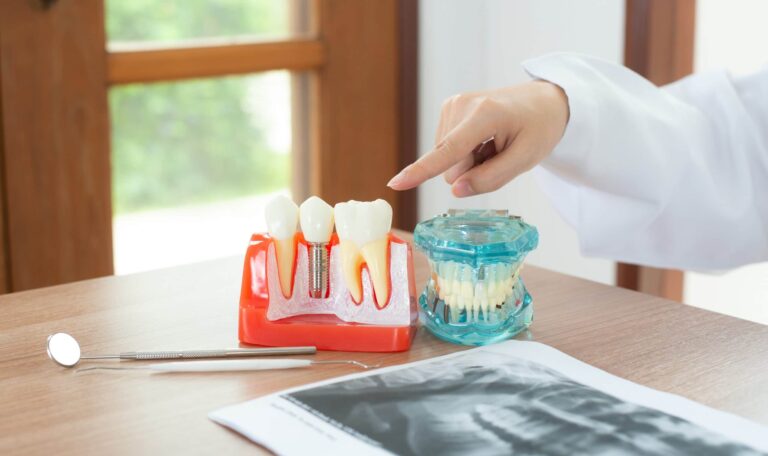
Dental Implants
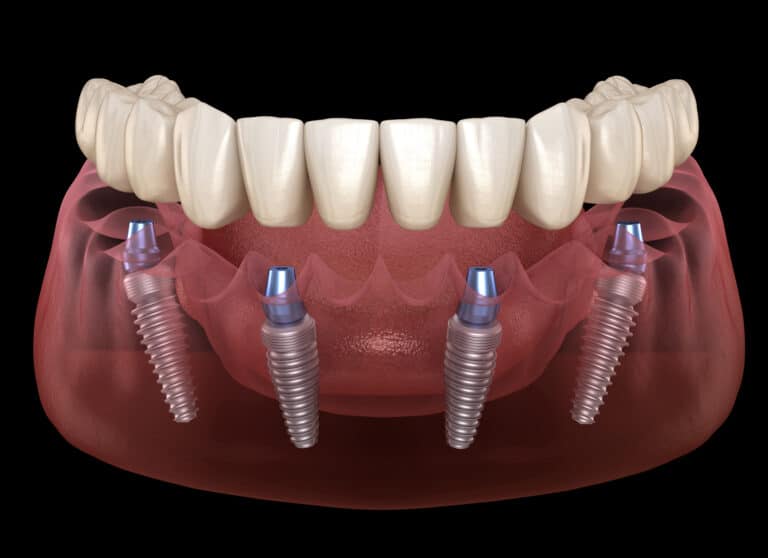
All-On-4®
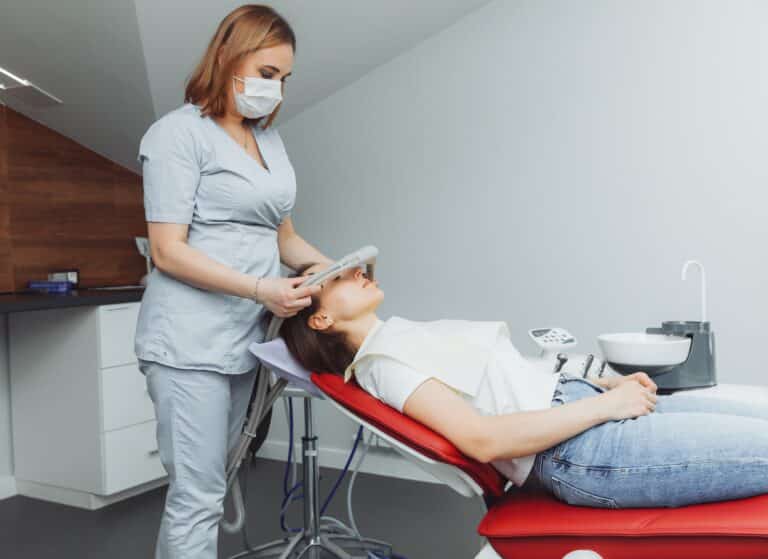
Sedation Dentistry
